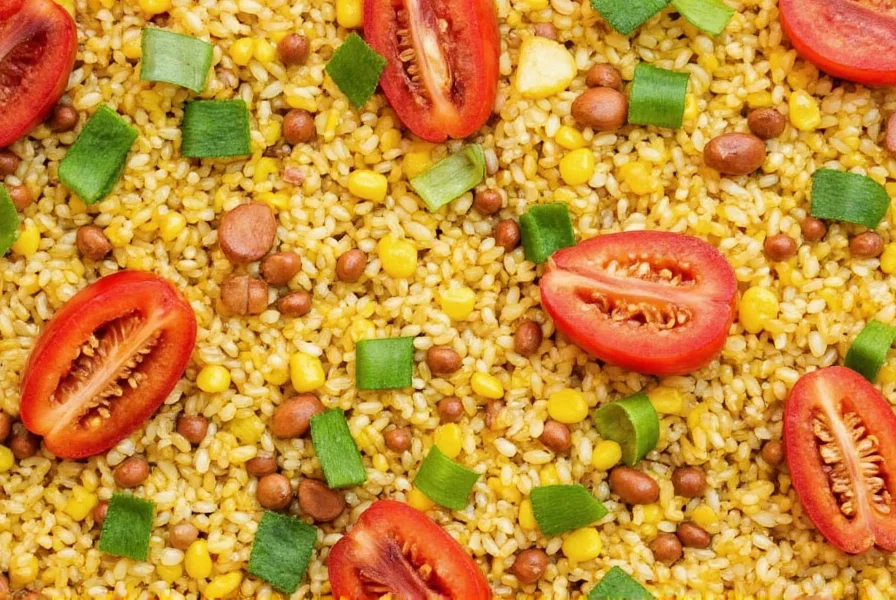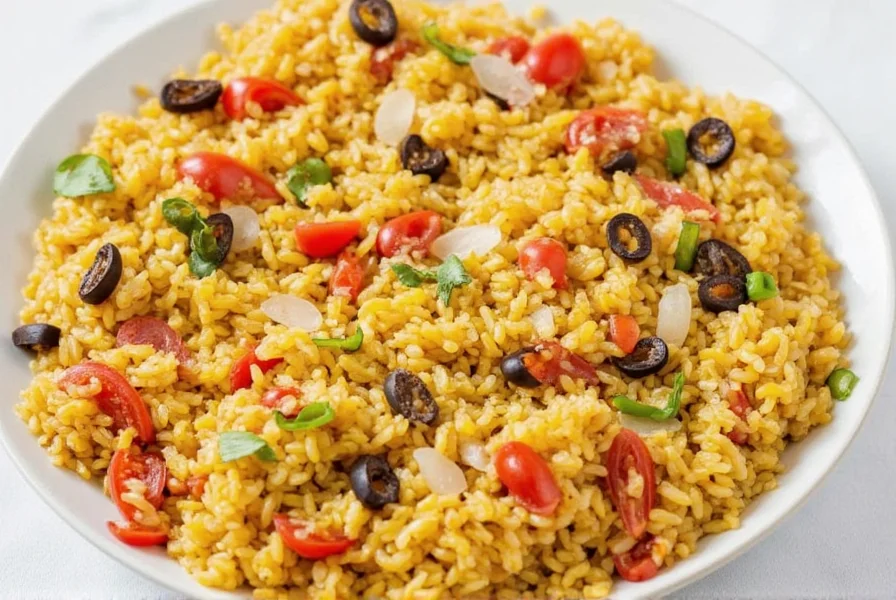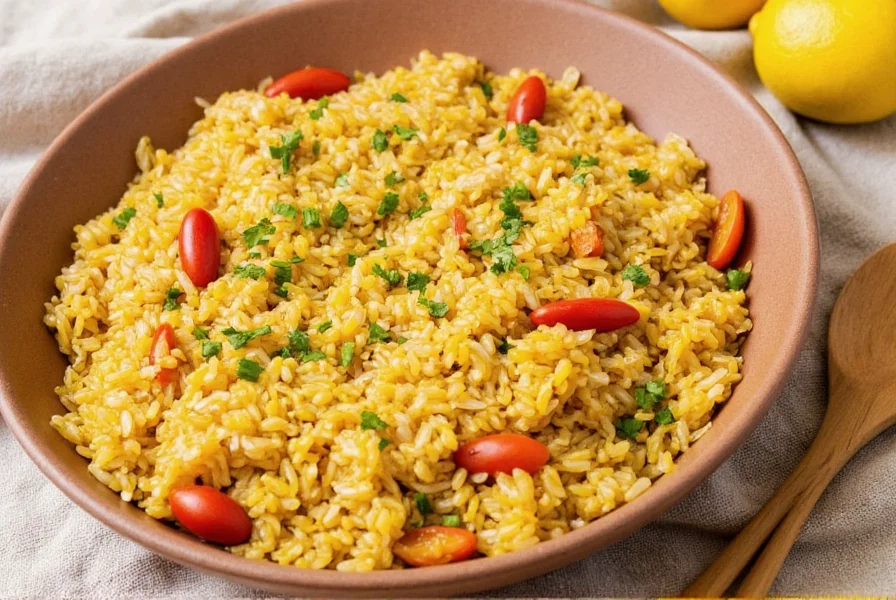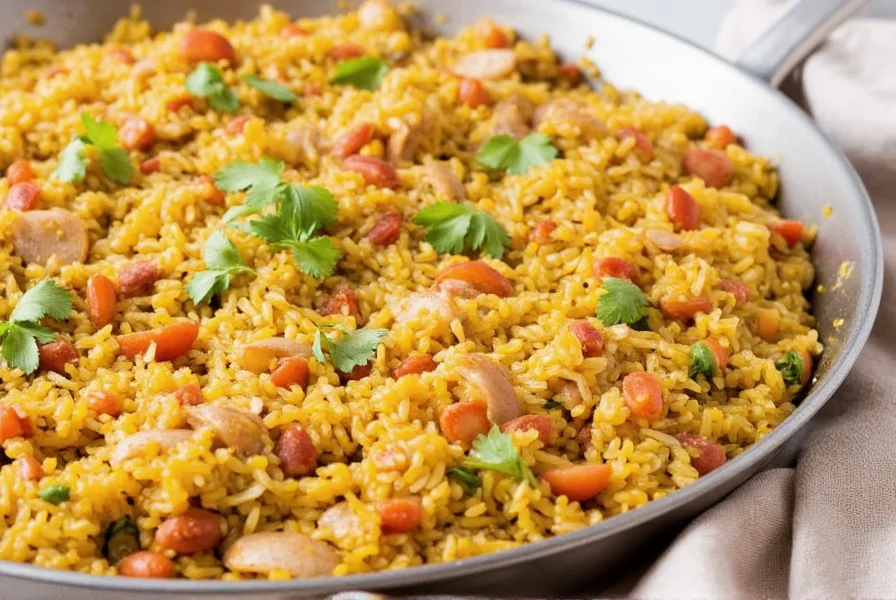Table of Contents
- Introduction: The Great Paella Debate
- What is Paella?
- Arborio Rice – A Culinary Chameleon
- The Clash: Arborio vs. Traditional Paella Rice
- Better Alternatives to Arborio for Authentic Paella
- 5 Practical Tips for Making Perfect Paella at Home
- Buying Guide: Choosing the Right Rice and Ingredients
- Frequently Asked Questions
- Conclusion: Stay True to Tradition or Get Creative?
Introduction: The Great Paella Debate
No, you should not use Arborio rice for authentic paella. Arborio rice is designed for Italian risotto, not Spanish paella. Its high starch content creates a creamy, sticky texture that ruins the signature firm grains and crispy socarrat of authentic paella. Here's why and what to use instead.

In this article, we'll explore why Arborio rice isn't ideal for paella, what makes traditional Spanish rice varieties special, and how you can still enjoy your creamy risotto-style creations without compromising authenticity.
What is Paella?
Originating from Valencia, Spain, paella is a one-pan wonder made with rice, saffron, vegetables, and either meat or seafood. Unlike other rice dishes, paella relies on a unique cooking technique where the broth is absorbed rather than stirred continuously. This creates a coveted layer of crispy rice at the bottom called the socarrat.
Arborio Rice – A Culinary Chameleon
Arborio rice hails from Italy and is most famous for its role in risotto. It has a high starch content, which gives risotto its signature creaminess when stirred constantly during cooking.
| Characteristic | Arborio Rice | Valencia Rice |
|---|---|---|
| Texture | Creamy, soft | Firm, separate grains |
| Starch Content | High | Moderate |
| Water Absorption | Retains moisture | Readily absorbs broth |
| Best For | Risottos, puddings | Paellas, soups |
While Arborio is versatile, its texture and starch behavior make it a poor match for classic paella preparation.

The Clash: Arborio vs. Traditional Paella Rice
Here's the crux of the issue:
- Stirring: Risotto requires constant stirring to release starch; paella does not.
- Texture: Arborio becomes too sticky and soft, drowning out the distinct bite of authentic paella rice.
- Flavor Absorption: Traditional Spanish rice (like Bomba or Calasparra) soaks up flavors beautifully without turning into a mushy mess.
Better Alternatives to Arborio for Authentic Paella
If you're committed to making real paella, consider these better-suited rices:
- Bomba Rice: King of paella rice, grown in Valencia. Soaks up broth like a sponge while maintaining grain integrity.
- Calasparra Rice: Slightly shorter grain, ideal for slow-cooked paellas with deep flavor.
- Carnaroli Rice: A decent substitute in a pinch, though slightly less authentic than Bomba or Calasparra.
5 Practical Tips for Making Perfect Paella at Home
- Use the right pan: A wide, shallow paella pan ensures even heat distribution and helps form the socarrat.
- Don't stir the rice: Let the grains settle and absorb the liquid naturally.
- Sear your proteins first: Brown chicken or seafood before adding liquids to build depth of flavor.
- To saffron or not to saffron: There's no skipping it if you want that golden hue and floral aroma.
- Rest it before serving: Let the paella sit for 5 minutes after cooking to allow flavors to meld.

Buying Guide: Choosing the Right Rice and Ingredients
If you're serious about making paella, here's what to look for:
Paella Rice Options
| Name | Origin | Texture | Best For | Price Range |
|---|---|---|---|---|
| Bomba Rice | Spain (Valencia) | Firm, separate grains | Classic Valencian paella | $$ - $$$ |
| Calasparra Rice | Spain (Murcia) | Plump, chewy | Slow-cooked, hearty paellas | $$ |
| Carnaroli Rice | Italy | Creamy but holds shape | Risotto-style dishes | $ - $$ |
Essential Spices & Ingredients
- Saffron Threads: Adds color and fragrance. Look for bright red threads — avoid pale imitations.
- Paprika (Smoked or Sweet): Enhances savory depth. Hungarian or Spanish paprika recommended.
- Garlic: Fresh cloves are key. Don't skip roasting them for richer flavor.
- Tomatoes: Ripe plum tomatoes or tomato paste for a concentrated base.
- Broth: Homemade chicken or seafood stock elevates everything.
Frequently Asked Questions
Can I use Arborio rice for paella?
Technically yes, but it's not recommended for authentic results. Arborio's high starch content creates a creamy, sticky texture that mimics risotto rather than achieving paella's signature firm, separate grains and socarrat. For traditional paella, Spanish varieties like Bomba or Calasparra are ideal.
Why does Arborio rice ruin paella's texture?
Arborio releases excessive starch when cooked, causing the rice to clump together and become overly soft. Authentic paella relies on rice that absorbs liquid without losing structural integrity, creating distinct grains and the prized crispy socarrat layer at the bottom.
What's the best substitute if I can't find Bomba rice?
Calasparra rice is the top alternative, sharing similar absorption properties. Short-grain Valencia rice or even Japanese sushi rice (rinsed thoroughly) can work in a pinch. Avoid Italian risotto rices like Carnaroli if authenticity is your goal.
Can I fix paella made with Arborio rice?
Reduce liquid by 20% to minimize mushiness, skip stirring entirely, and increase heat during the final minutes to encourage socarrat formation. While it won't replicate true paella, these adjustments can salvage texture somewhat.
Does paella require saffron?
For authentic Valencian paella, yes. Saffron provides the dish's characteristic golden color and floral aroma that no substitute can fully replicate. While turmeric offers color, it lacks saffron's complex flavor profile essential to the dish's identity.
Conclusion: Stay True to Tradition or Get Creative?
So, should you ever use Arborio rice for paella? Technically, you can — but you won't get the real deal. If you're hosting a themed dinner and want a fusion twist, go ahead and give it a shot. But if you're chasing that perfect socarrat and vibrant saffron aroma, stick to Bomba or Calasparra rice.

Paella is a canvas — and while tradition offers a masterpiece, creativity lets you add your own brushstrokes. Either way, the joy is in the making and sharing.










 浙公网安备
33010002000092号
浙公网安备
33010002000092号 浙B2-20120091-4
浙B2-20120091-4